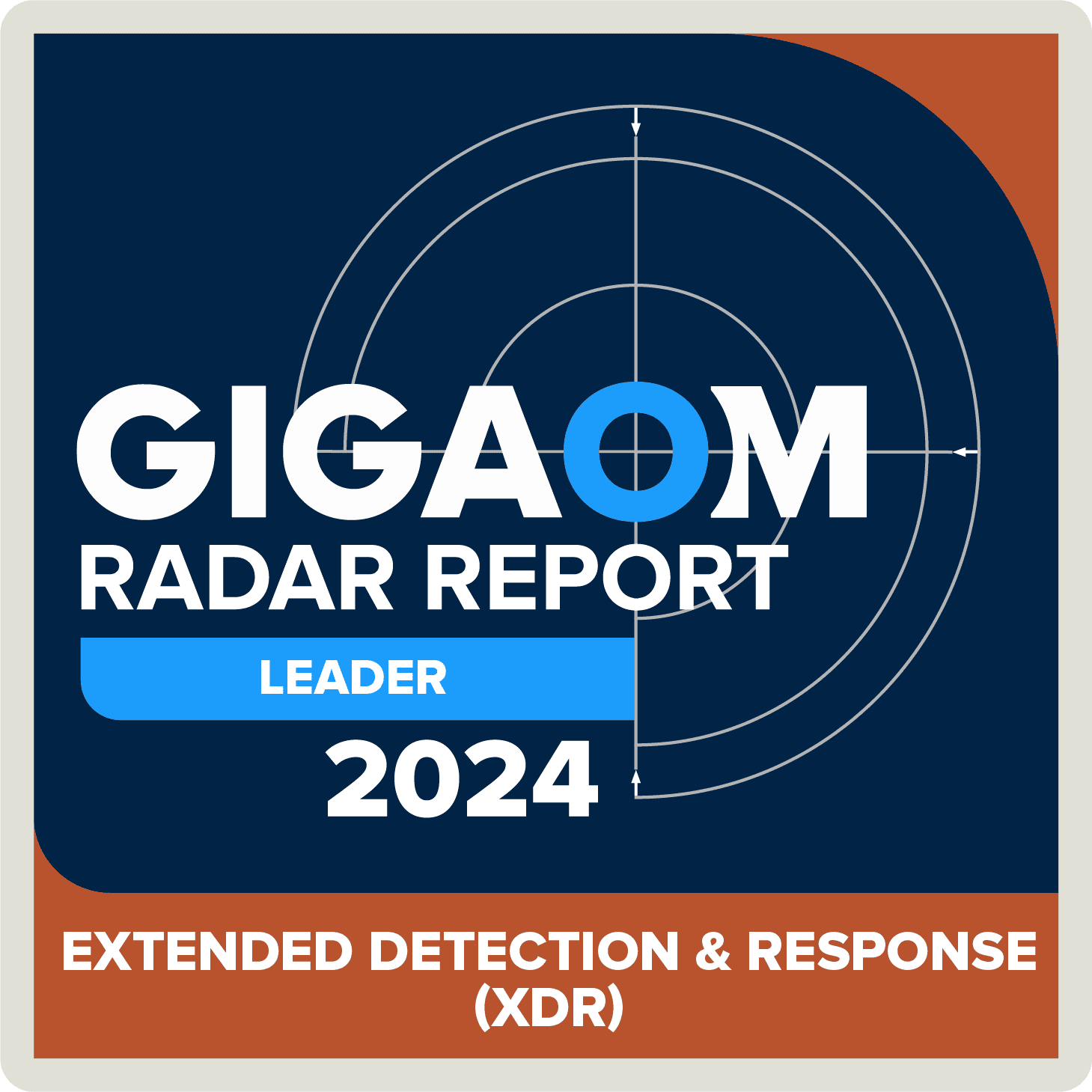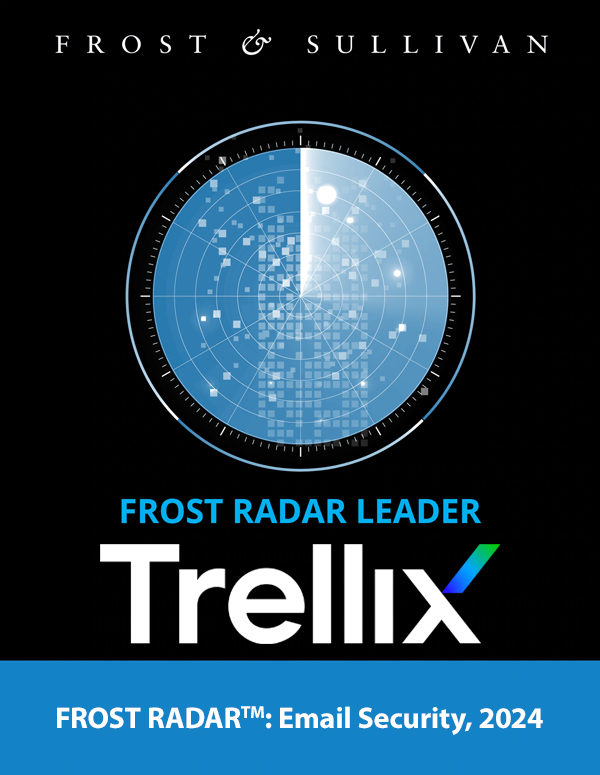Trellix Threat Intelligence Exchange
Deter threats with an interconnected surveillance system

Gain immediate visibility and block attacks
Contain threats in seconds with Trellix Threat Intelligence Exchange, which combines internal and external threat data and shares it across your security ecosystem for rapid detection and response.
Why Trellix Threat Intelligence Exchange?
Secure Systems in Real Time
Deliver protection to all points in your enterprise as new threats emerge.
Combine Threat Information Sources
Instantly share threat data to all connected Trellix security systems.
Get Adaptive Detection
Detect unknown files for faster time to protection and lower costs.
Product features
Industry recognition
Trellix is recognized as an industry leader by key analyst firms
Frequently asked questions
Adaptive threat protection enables you to determine what happens when a file with a malicious or unknown reputation is detected in your environment. It provides:
- Fast detection and protection against security threats and malware
- The ability to know which systems or devices are compromised and how the threat spread through your environment
- The ability to immediately block or clean specific files based on their threat reputations and your risk criteria
Trellix Threat Intelligence Exchange (TIE) alerts the network administrator of an unknown file in the environment. Instead of sending the file information to Trellix for analysis, the administrator blocks the file immediately. The administrator can then use the Trellix TIE server, if available, to learn how many systems ran the file.
An organization may routinely use a file whose default reputation is suspicious or malicious, such as a custom file created for the company. Because this file is allowed, instead of sending the file information to Trellix Threat Intelligence Exchange and receiving updated content daily, the administrator can change the file's reputation to “trusted” and allow it to run.
Related resources

Discover how together Trellix and Google Cloud build a formidable defense against cyber threats.

We analyze cybersecurity threats, emerging vulnerabilities, and defense strategies to help you stay ahead of cyber risks.

Effective threat hunters need AI-driven tools to counter adversaries. Learn how to combat threats using the highest-quality intelligence.




